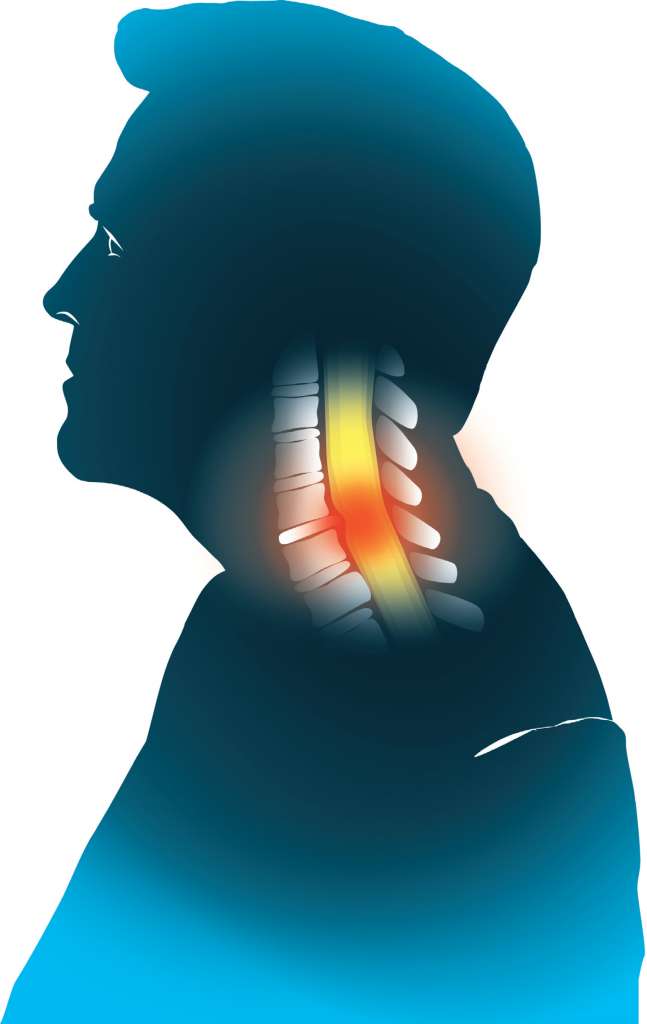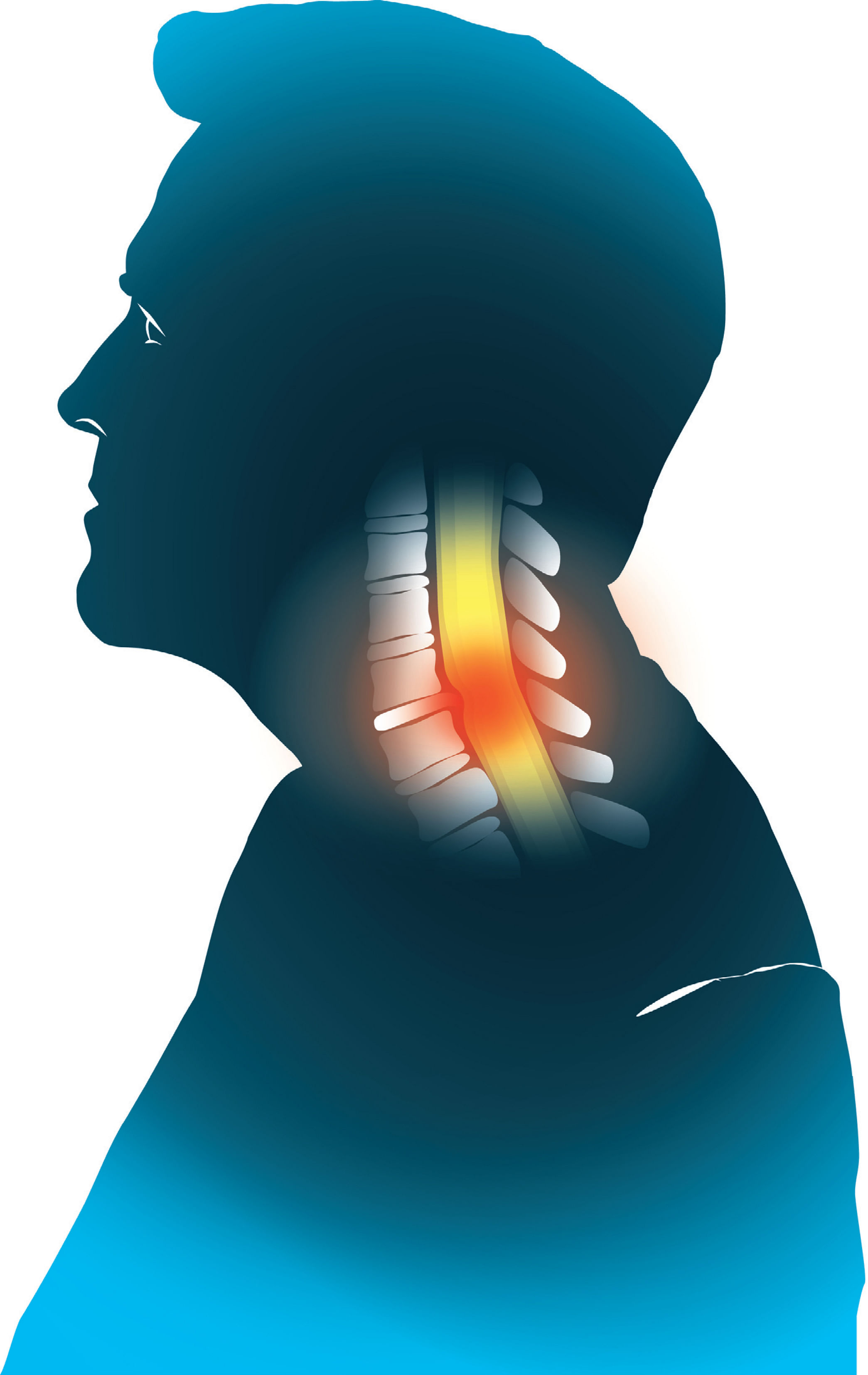DocTalk
Treat joint conditions before they get to the ageing you
Surgery can help relieve maladies like neck and spine disorders that can disable you
Sign up now: Get ST's newsletters delivered to your inbox

Yue Wai Mun
Follow topic:
"Doctor, my cheques don't bounce any more!"
A beaming Mr Ahmad (not his real name) exclaimed, referring to his restored ability to sign his cheques with a signature that tallies with the one he signed at the bank for reference.
"And I can walk nine holes of golf without falling over," added the almost 70-year-old.
His is a success story that I would like to see more often.

Madam Lee (not her real name) is not so fortunate. She was 67 when I first met her.
She had recently retired from teaching, and came to my clinic because of stiffness in her neck and numbness in her fingertips.
When we spoke further, she confessed to having difficulty doing up her buttons and unintentionally dropping things from her right hand.
Also, she noticed that her once-neat handwriting had become less legible.
Her daughter volunteered that her mother had even been stumbling while walking on level ground.
Clinical examination of her nerves and a study of her magnetic resonance imaging scans confirmed the diagnosis of severe cervical spondylotic myelopathy.
She feared the treatment more than her condition and decided to leave it alone.
Ten years later, I met her again.
She was in a wheelchair. She could not feed or dress herself.
She relied on her domestic helper to cater to her daily needs.
This is why a confirmed diagnosis of cervical spondylotic myelopathy often leaves me frustrated.
As a person gets older, natural degeneration and ageing of the body occur.
In the process, the joints of our body often enlarge, bone spurs start to appear and the supporting ligaments thicken.
In most people, this is harmless and may lead to mild symptoms such as joint stiffness.
But when this occurs in the neck, it can give rise to the narrowing of the space around the spinal cord.
The spinal cord is the chief conduit of nerves that lead from the brain to the rest of the body.
In some people, the spinal cord gets compressed by the enlarging bone spurs and ligaments.
As this is a slow process that takes place over years, the spinal cord adapts to the decreased space.
However, at some point, symptoms will start to appear.
These include increasing clumsiness when performing fine hand movements such as writing, using chopsticks, handling small objects and buttoning shirts.
Numbness of the hands and feet, weakness of the hands and unsteadiness when walking can also occur.
If the condition worsens, the patient's arms weaken and he may not be able to stand or walk.
The person may also lose control of urine and bowel functions.
This is the worst state of cervical spondylotic myelopathy.
In many developed countries, this condition is one of the most common causes of progressive disability in the elderly.
In the early stages, most patients do not experience much pain and the symptoms are often mistaken as just the effects of ageing.
The condition frequently goes unrecognised by the patient and even doctors who see them.
Even when it is recognised, most patients and their families do not want to be treated as it could involve surgery.
But over the years, worldwide research has confirmed that once symptoms start to appear, the condition is almost certain to deteriorate with time.
Notably, in people of East Asian descent - including the Chinese - the condition tends to appear at a younger age, and is more severe.
Not all patients with cervical spondylotic myelopathy need surgery. When symptoms are mild and are not worsening, all that may be required is regular monitoring, regular exercise and abstinence from high-impact activities.
But when symptoms worsen, surgery is the only way to arrest the decline and allow some of the nerves to recover.
The less severe the condition, and the shorter the delay from the onset of symptoms to the point of surgery, the more likely a complete recovery of nerve function can be achieved.
More emerging research from all over the world is supporting this approach.
There are several types of surgery to treat this condition. All of them aim to remove pressure from the spinal cord.
There are risks involved, of course, and these have to be evaluated against the risks from leaving the condition to deteriorate on its own.
Surgery is relatively low-risk, with less than 1 per cent probability of major permanent repercussions.
With better patient education and improvements in treatment techniques, I hope to see more patients like Mr Ahmad than Madam Lee.
It is not sufficient that we celebrate having one of the longest life expectancies in the world.
Arguably, it is more important that when we grow old, we can remain independent and able to take care of ourselves.
• Dr Yue is an orthopaedic consultant in The Orthopaedic Centre at Gleneagles Medical Centre

